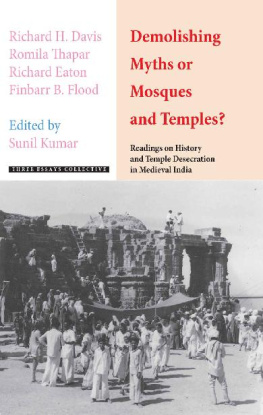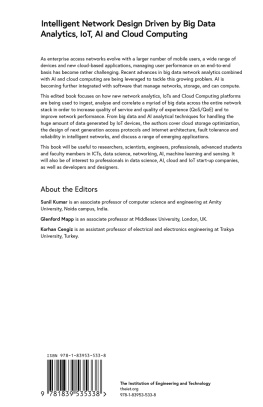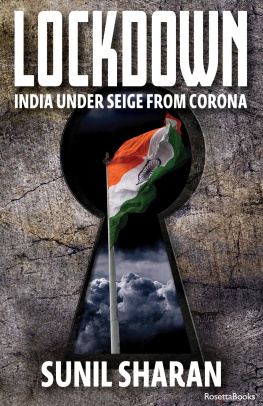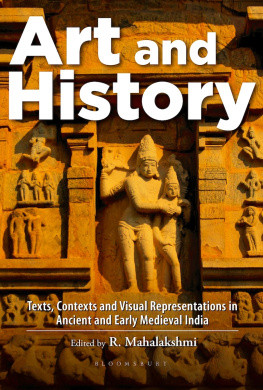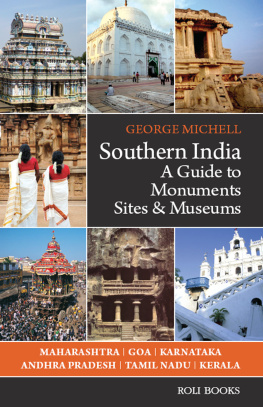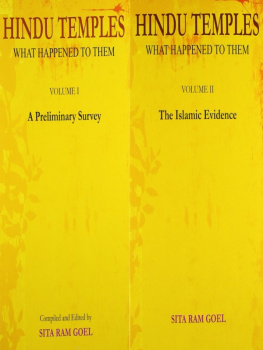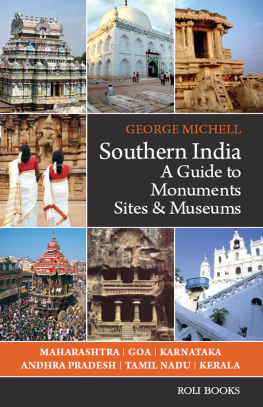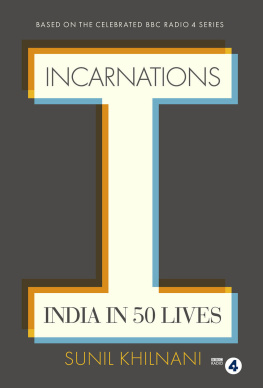Preliminary pages d i
Demolishing Myths or Mosques and Temples?
ii c Demolishing Myths or Mosques and Temples?

Preliminary pages d iii
Demolishing Myths or
Mosques and Temples?
Readings on History and
Temple Desecration in Medieval India
Edited with an Introduction by
Sunil Kumar
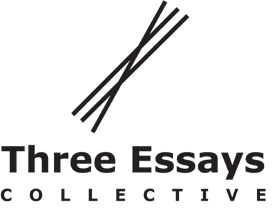
iv c Demolishing Myths or Mosques and Temples?
First Edition April 2008
New Edition 2021
copyrightThree Essays, 2008
All rights reserved
No part of this book may be reproduced or utilised in any form or by any means, electronic or mechanical, including photocopying, recording or by any information storage or retrieval system, without the prior written permission of the publisher.
ISBN 978-81-88789-59-7
B-957 Palam Vihar, GURGAON (Haryana) 122 017 India Phone: +91 98681 26587, +91 98683 44843
info@threeessays.com Website: www.threeessays.com Printed and bound at Glorious Printers, New Delhi
Preliminary pages d v
For my father, Shri Naresh Kumar,
whose ideals of humanity and social justicewill always remain an inspiration.
vi c Demolishing Myths or Mosques and Temples?
Preliminary pages d vii
Contents
Introduction
Sunil Kumar
Indian Art Objects as Loot
richard h. daviS
Somantha: Narratives of a History
romila Thapar
Temple Desecration in Pre-Modern India
richard EaTon
Islam, Iconoclasm and the Early Indian Mosque Finbarr b. Flood
Appendix:
primE miniSTEr aTal bihari vajpayEES addrESS To ThE
public mEETing aT SomnaTh on ocTobEr 31, 2001 175
Select Bibliography
viii c Demolishing Myths or Mosques and Temples?
Contributors
Richard Davis teaches at Bard College. Previous publications include: Ritual in an Oscillating Universe: Worshipping iva in Medieval India; ed., Images, Miracles and Authority in Asian Religious Traditions; and Lives of Indian Images.
Romila Thapar is Emeritus Professor of History, Jawaharlal Nehru University. A selection of her publications would include: Aoka and theDecline of the Mauryas; Early India; Ancient Indian Social History: SomeInterpretations; From Lineage to State; History and Beyond; CulturalPasts: Essays in Early Indian History; akuntal: Texts, Readings,Histories and Somantha: the Many Voices of a History.
Richard Eaton teaches at the University of Arizona, Tucson. Previous publications include: Sufis of Bijapur 1300-1700: Social Roles of Sufis inMedieval India; Rise of Islam and the Bengal Frontier; Essays on Islamand Indian History; ed., Indias Islamic Traditions; and (with George Michell) Firuzabad: Palace City of the Deccan.
Finbarr Barry Flood teaches at New York University. Previous publications include: The Great Mosque of Damascus: Studies on theMaking of an Umayyad Visual Culture, several articles and the forthcoming titles: The Materials of Translation: Subjects and Objects in the firstIndo-Persian Polity, and Altered Images: Islam, Iconoclasm, and theMutability of Meaning.
Sunil Kumar is professor of medieval history in the Department of History, Delhi University. His previous publications include The Presentin Delhis Pasts and The Emergence of the Delhi Sultanate. He has also participated in the current revision of the NCERT history textbooks and is the managing editor of the Indian Economic and Social History Review.
Preliminary pages d ix
The editor is grateful to the respective authors for permission to reprint their articles. He would also like to thank Richard Davis and Finbarr Barry Flood for providing the photographs that accompany their contributions. A special mention needs to be made of the American Institute of Indian Studies, Delhi and of Shantilal Nanjibhai Bhatt, Bhatt Art Studio, Datar Road, Junagadh for permission to use their photographs.
Precise acknowledgements are included in the captions that follow the illustrations.
I have made no attempt to introduce consistency in the diacritical method and bibliographic systems followed by the different authors. For the better part, the form of the original publication has been retained.
x c Demolishing Myths or Mosques and Temples?
Introduction / Sunil Kumar d 1
IntroduCtIon
December 6, 1992 the day a sixteenth century mosque was demolished. A day that carries a vignette of images: youths dancing on the domes of the Babri masjid, cudgeling it to rubble, national politicians haranguing the congregation on to greater hatred and violence, policemen standing by as mute spectators and journalists threatened and manhandled. These snapshots do not do justice, however, to the atrocity that was December 6, 1992.
To capture the true implications of its horror we have to scroll back a few years to 1990 and the Rath Yatra, the ceremonial procession of the Bharatiya Janata Party (BJP) president Lal Krishan Advani. In an effort to mobilise electoral support Mr Advani appeared as the champion of Lord Rama. Advanis yatra invoked a reading of history where it was claimed that Mr Bq, a commander of the first Mughal emperor, Babur (r. 1526-30), destroyed a temple consecrating the site of Lord Ramas birth. Babur and his military commander profaned the sacred area, the Ramjanmabhumi, by constructing a mosque on the site of the temple. This grievous injury to the sentiment of the Hindu community was intolerable and, nearly six centuries after the event, the BJP and its president made
2 c Demolishing Myths or Mosques and Temples?
the restitution of past wrongs to the Hindu community a central agenda in their political manifesto. Mr Advanis yatra traversed several states in north India spreading its message of hatred and spite, urging people to greater self-pride, mobilising them in a war to protect their culture, their religion, their state. Indeed, Advanis yatra quickly transcended from election rhetoric to a full-fledged campaign against the secular modern state of India. It was a battle against the incumbent government and al others in the past who did not demolish Baburs offensive mosque on the Ramjanmabhumi.
Advani and his peers argued that secular sentiments only pampered the minority community even as they trampled Hindu pride. The yatra was therefore a liberation struggle, led by Mr Advani astride his festooned Toyota chariot, a caricature of Ramas mythic battle against the anti-hero, Ravana, a Hindu nationalism that was majoritarian and blatantly militant in character.
In its wake, Advanis yatra spread violence and divisiveness.
The country experienced some of the worst communal conflicts of the century in 1990. But this was only the beginning.
Scroll forward some weeks beyond December 1992 and the destruction of the Babri masjid by cadres and volunteers ( kar sevak s) brought to Ayodhya by the BJP and its associates, the Vishwa Hindu Parishad (VHP) and the Rashtriya Swayamsevak Sangh (RSS).
Even as Advani celebrated the destruction of the mosque that had brought him such significance as a national politician, communal riots burned the country for two months. Through the months of December and January 1992-3, communal conflict left over 3,000
dead. Within a week, conservative estimates put 600 people killed in Bombay alone. Women and children were hunted down in the streets; domiciles and business establishments left smoldering for days. Countless were left homeless, orphaned, widowed and raped. They remained anonymous, part of no official statistics, their trauma presumably insignificant in a historical frame that shifted very quickly to the utopia of a destined
Next page
